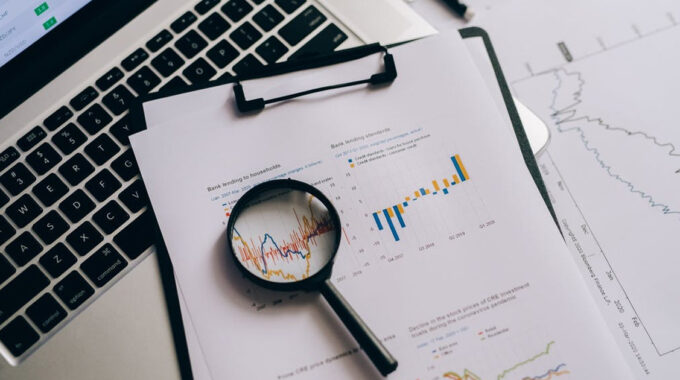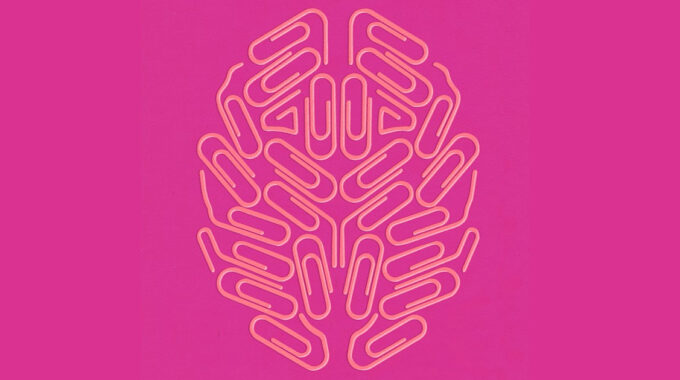
Where Big Data Falls Short
Big data mostly refers to data collections that are too vast or complex for traditional data-processing application software to manage. Some data sets are so enormous that traditional data processing technologies simply cannot handle them. But these massive volumes of data may be used to address previously intractable business problems. Even with these powerful resources, processing such massive volumes of data is extremely difficult for most businesses in our continuously changing data-driven environment. As a result, this YouTube video from the Chicago Booth Review channel discusses some of the most typical big data constraints.
According to the video, companies obtain and analyze enormous amounts of information on their customers, clients, and partners on a daily basis with the aim of becoming more efficient and productive and ultimately selling them more items. Big data, according to the video, is data obtained from digital signals. As a result, “big data” refers to all of the signals created by human activity while interacting with devices that are collected and stored in cloud infrastructure. Big data grows as a result of a process, the video suggests. Even though there are benefits of having large amounts of data from which we can gather effective and credible study information, the video suggests that having large volumes of it might not be as beneficial as we think. This is because data in huge volumes does not guarantee effectiveness. As a result, there may be certain downsides to big data if the data gathering does not correspond to the population of interest. Second, the video implies that if data pieces in the supplied information are insufficient or poorly filled, it may result in problems. Ultimately, knowing which data set is trustworthy or untrustworthy is a huge difficulty, according to the video. Finally, the video suggests that it is vital to address how data items are used and interpreted in data collection as well as ensure that the data accurately reflects the group or population of interest.
Companies must continue to strive for development, and one of the most effective ways to do so is to use the most updated and advanced technology to perform tasks. Since each method has various advantages, there are also drawbacks to consider. The aforementioned are some drawbacks of one such emerging concept, big data.
In order to gain a deeper understanding of goal setting and how to use those in the business world visit Chicago Booth Accelerated Development Program (Chicago Booth ADP) offered by the University of Chicago Booth School of Business.


















